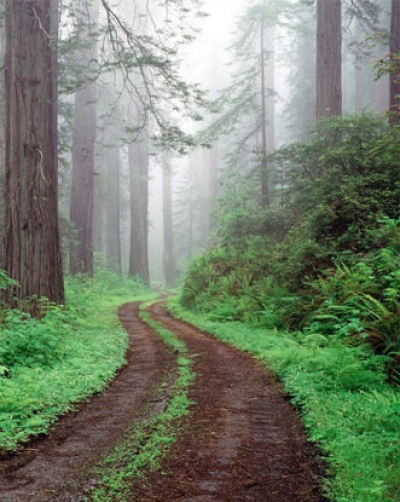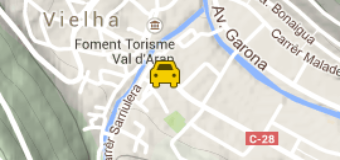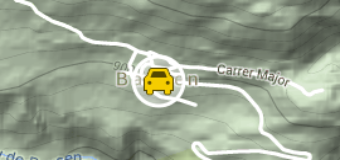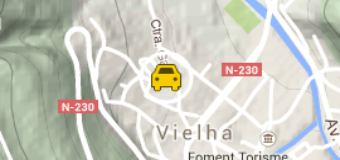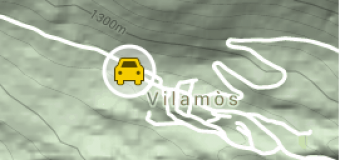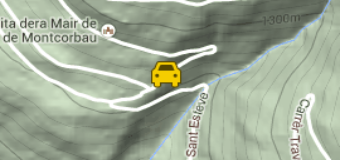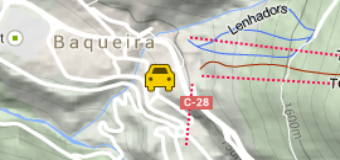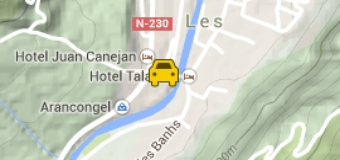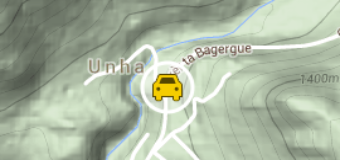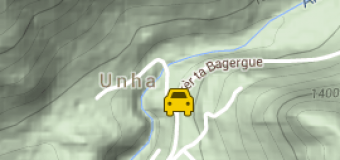Route: Vielha-Tunel de Vielha-Hospital de Vielha- Conangles
Difficulty: media
Type: Turismo
Description:
The only Aranese valley whose waters reach the Noguera Ribagorçana River. Its easy access makes the Molières Peak, 3010 m, one of the peaks most frequently visited by the mountaineers. An obligatory stroll through the magnificent beech tree forest along the bank fo the Noguera Ribagorçana. The refugio (mountain hostel) called the Hospital de Vielha, also known as the Sant Nicolau deth Pontelhs, is located at the southern side of the tunnel and is the last inhabited location before crossing the Vielha Pass. At this point one will also find the Santa Quiteria Chapel where every 22 of May the area residents make a popular pilgrimage. 2.5 km from the southern exit of the Vielha Tunnel on the N-230 highway we will find large picnic area called Conangles. It is located at the head of the Noguera Ribagorçana and offers a number of facilities: tables, grills, etc. This area is the starting point for a number of excursions of great interest including the periphery of the protected Aigüestortes and Sant Maurici Lake National Park.
